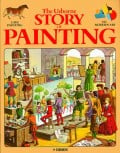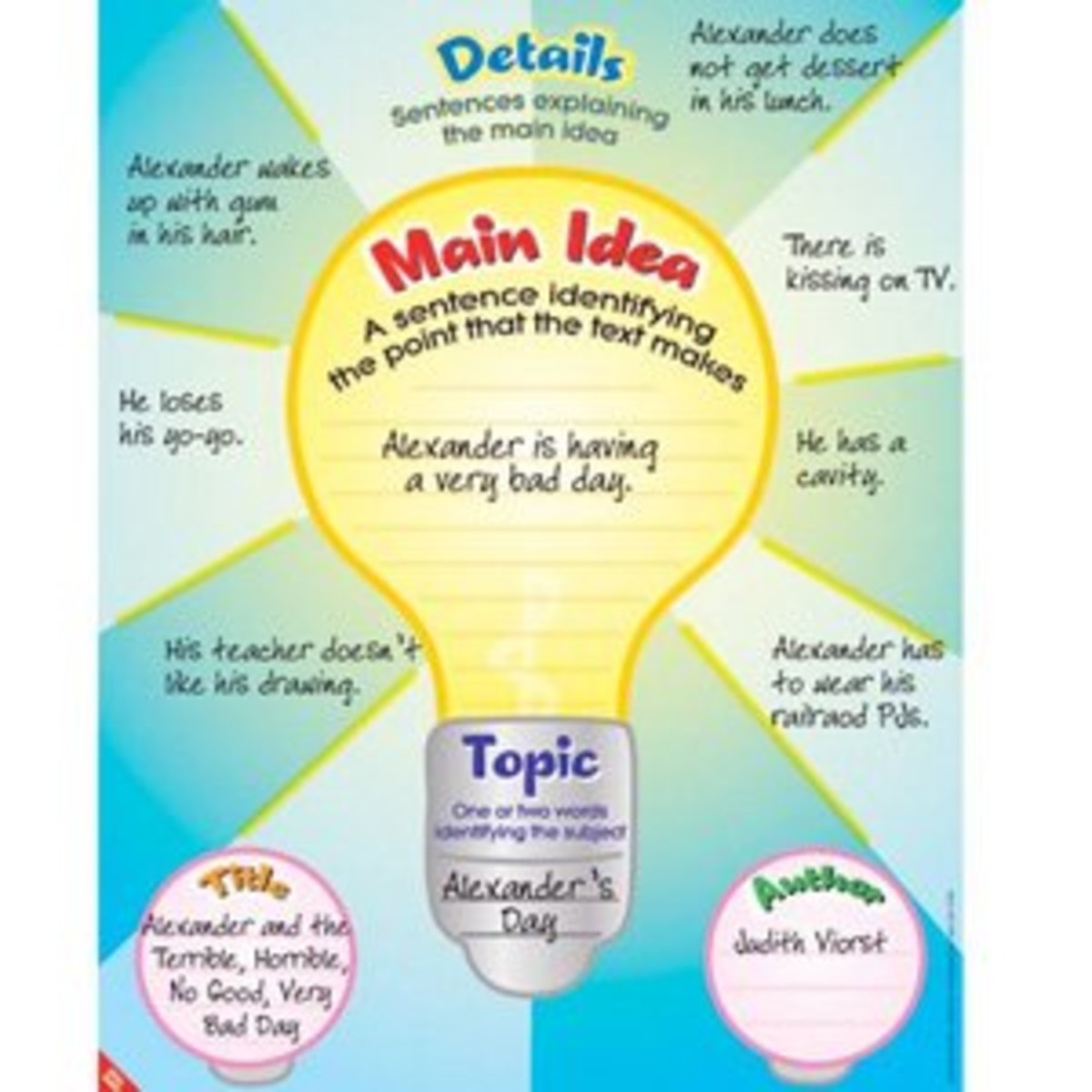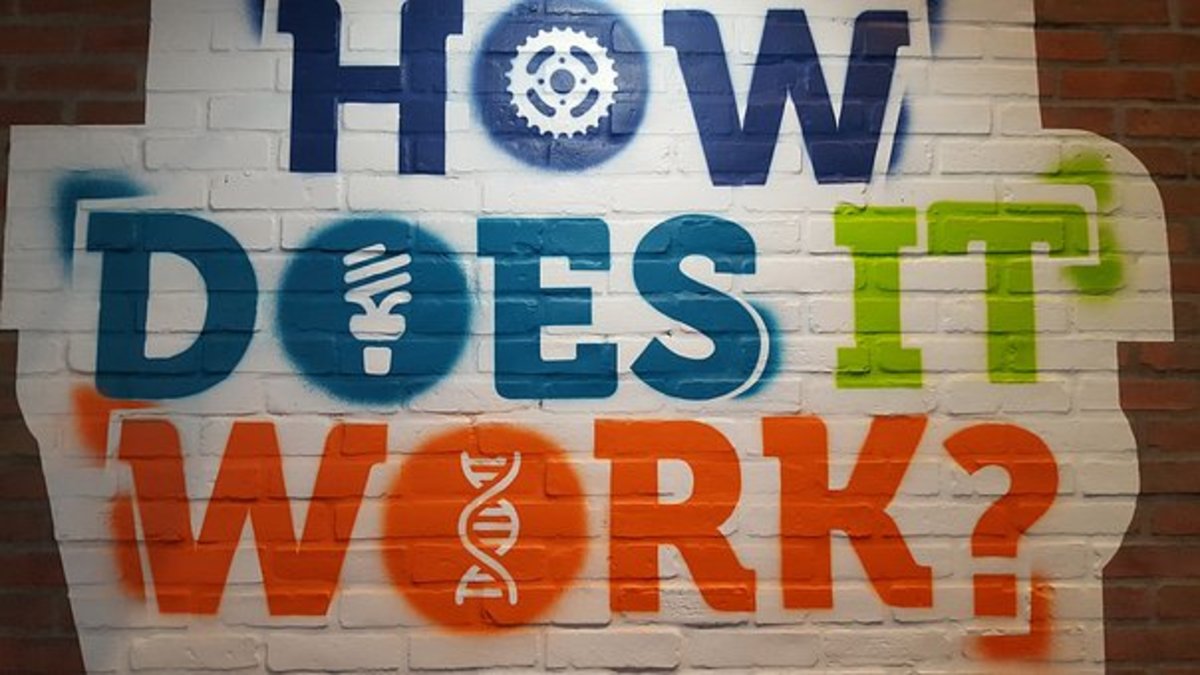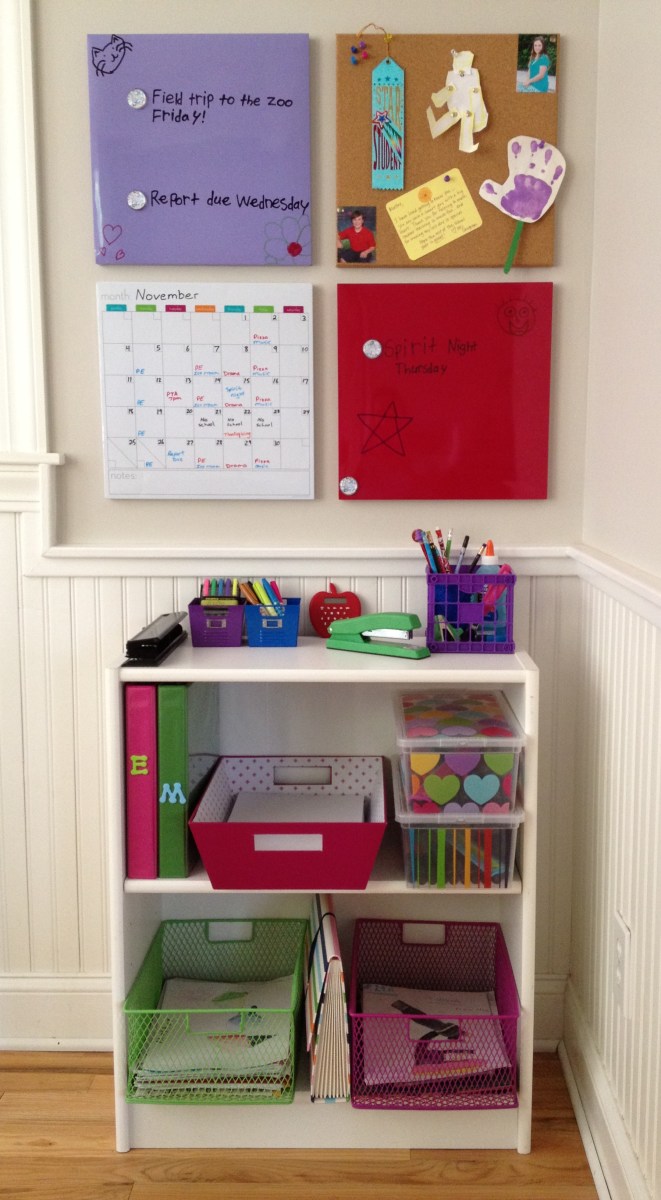Reading Comprehension Skills- How to Help Kids Understand What They Read

While some people like to read just for fun, most of the information we read on a daily basis is non-fiction, meaning that it is important information.
Learning how to process information will not only improve the reading and rationalization skills, but it will help students better comprehend what they read, and may even help them yearn to read more often.
So, how can you help students better comprehend what they read?
Read Aloud Together
Studies prove that using multiple senses allow for better comprehension. So, when people look at a words while hearing the same words read aloud, it allows for multiple senses to be in use at the same time.
Reading together with younger children also helps them learn to read better, because it allows them to hear the pronunciation and voice inflection of words. For example, if a student encounters a word he is unfamiliar with he may be able to decipher the word's meaning if he hears how someone else says it in the context of the text.
Hearing how someone pronounces words also helps students who are struggling with phonics as well. If a student doesn't know how to pronounce (and therefore read and understand a certain word) he won't really understand the meaning of the text.
Point Out Contextual Clues
Adults may realize the importance of bold words, subheadings and graphics (such as charts and photos) in a textbook or article, however younger students may not notice them on the page unless they are pointed out.
The old phrase "a picture is worth a thousand words" is true, to an extent. However sometimes photos are not placed correctly near an article or do not correctly depict what is represented in the article itself. (Consider Jay Leno's "Headlines" sketches on "the Tonight Show" where incorrect captions are placed near photos.)
On the other hand, sometimes students can also get so engrossed in a photo itself, and not bother reading the caption below the photo (or the text on the page). Point out contextual clues to students, but bring them back to the actual text, since that is the "meat" of the content.
Video: How to Find Info in a Book
Learn How to Research Using the Parts of the Book
When introducing a new textbook to your students, show them the different parts of the book, such as the glossary, index, table of contents. Helping students learn how to research things for themselves allows them to be independent and better students.
Create Visual Representations
While some people learn best by reading content or listening to people talk, others learn better by looking at visual representations in the form of charts, diagrams, acronyms or pictures.
For example, if the class is reading about something such as World War II, it may be important to create a timeline of events that occurred. You could also create a list of important people, or a list of important terms (and their definitions). Showing a relationship between different people graphically could also help students remember content better.
Breaking up classroom (or silent) reading with note-taking often increases comprehension as it allows students a chance to "digest" what they have read and mull it over for a brief period of time. Writing down information also allows students to make connections and group information together in a way that is personal to them.
Summarize
If you really want to know if someone understands a topic ask them to summarize it.
Ask students to submit a small essay, give a brief oral report, or draw a diagram or picture that represents the information. Remember, any time a student reviews information and has to process it in a different way, it allows them to comprehend (and therefore retain) information better than if he read the material alone.
Evaluating said summary allows students to know if they comprehend the material correctly, and could allow teachers to re-present material (or ask students to re-read portions of the book) for better comprehension. Teachers can't just expect their students to understand everything the first time, sometimes it is best for students to re-read material in order to really understand it.
For more articles on reading tips, check out some of my other educational articles:
© 2011 Diane Lockridge








